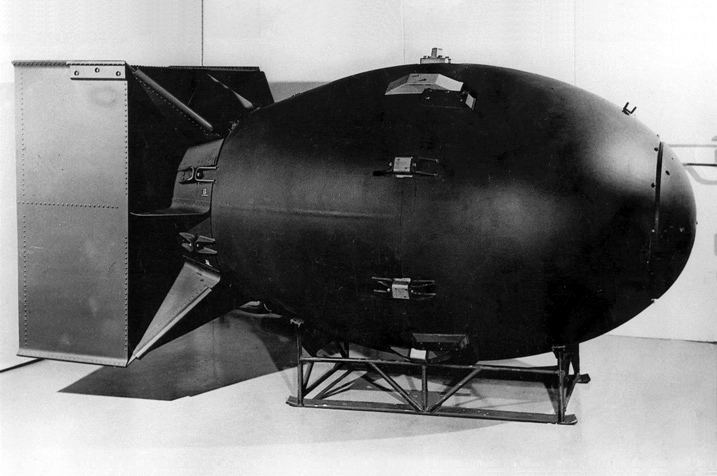 | ||
The renovation of the nuclear weapon arsenal of the United States is the modernization, refurbishment and rebuilding of the nuclear arsenal of the United States of America.
Contents
Facilities for maintenance and refurbishment of U.S. nuclear weapons became dilapidated after the end of the Cold War with the Soviet Union. The United States planned to spend about a trillion dollars over thirty years to rectify this shortfall, which some saw as a reversal from President Barack Obama's 2009 Prague speech that laid out his agenda for further nuclear disarmament, for which he won the Nobel Peace Prize in 2009. In 2015, the Bulletin of the Atomic Scientists set its Doomsday Clock closer to midnight to highlight this development.
Budget projection
Analysts at the Monterey Institute of International Studies have projected likely expenditure on the program, based upon section 1251 of the National Defense Authorization Act for Fiscal Year 2010 and other official briefings. Their summary breaks down the 30 year budget in billions of dollars as follows:
making a total of $872 billion to $1.082 trillion. $348 billion have already been committed for the first ten years of the program.
Facilities
The main facilities of the National Nuclear Security Administration are:
- The administrative headquarters known as the Albuquerque Complex
- Lawrence Livermore National Laboratory in California which researches plutonium and global security
- Los Alamos National Laboratory in New Mexico which researches and runs computer simulations
- The National Security Campus at Kansas City, which produces non-nuclear components of the weapons
- Nevada National Security Site where nuclear weapons are tested
- The Pantex Plant in Texas which assembles and disassembles nuclear weapons
- Sandia National Laboratories in New Mexico and California, which stress-tests nuclear weapons
- The Savannah River Site in South Carolina which processes waste and produces tritium
- The Y-12 National Security Complex in Oak Ridge, Tennessee where uranium is enriched and processed
National Security Campus
The old facility in Kansas City was originally an aero-engine plant which was converted to make components for nuclear weapons in 1949. After 50 years, it had become decrepit and was regularly flooded by a river. A replacement plant was opened on higher ground nearby in 2014 at a cost of $700 million. Equipment was transferred from the old plant including 30,000 crates and an 87,000 pound milling machine. The new facility is cleaner and more modern and will have lower running costs than the old one. Its main task now is to triple the life of the W76 warheads used on submarine-launched ballistic missiles from the original 20 years to 60 years.
Sandia
The Sandia National Laboratories tests nuclear weapons to ensure they can withstand extreme physical stress such as missile launch and re-entry. Their testing equipment includes centrifuges, a rocket sled, six-inch cannon and wind tunnel. A major overhaul of these was completed in 2014, at a cost of about $100 million.
Doomsday clock
In January 2015, the Bulletin of the Atomic Scientists set their Doomsday Clock at three minutes to midnight. Their executive director, Kennette Benedict, announced that the world was closer to catastrophe as "unchecked climate change and a nuclear arms race resulting from modernization of huge arsenals pose extraordinary and undeniable threats to the continued existence of humanity."
